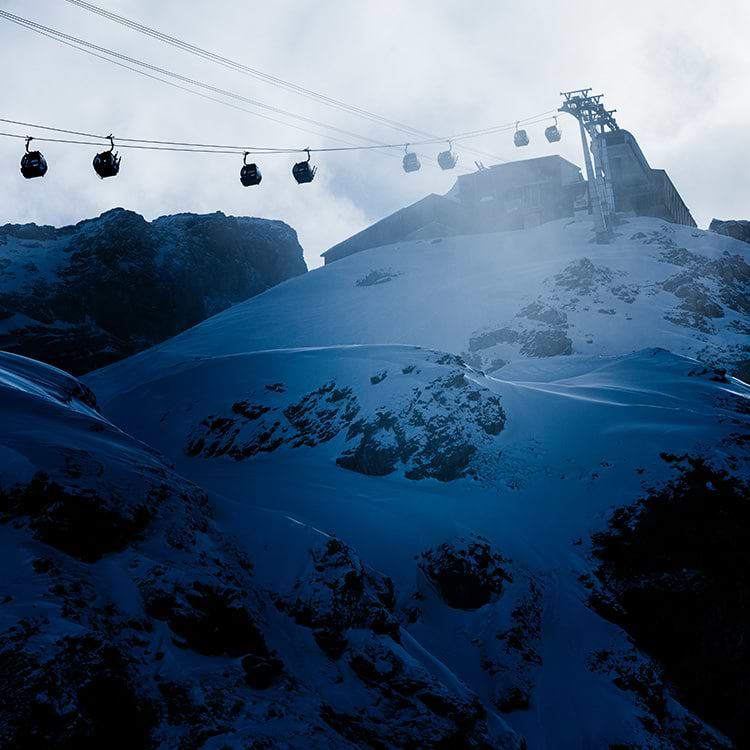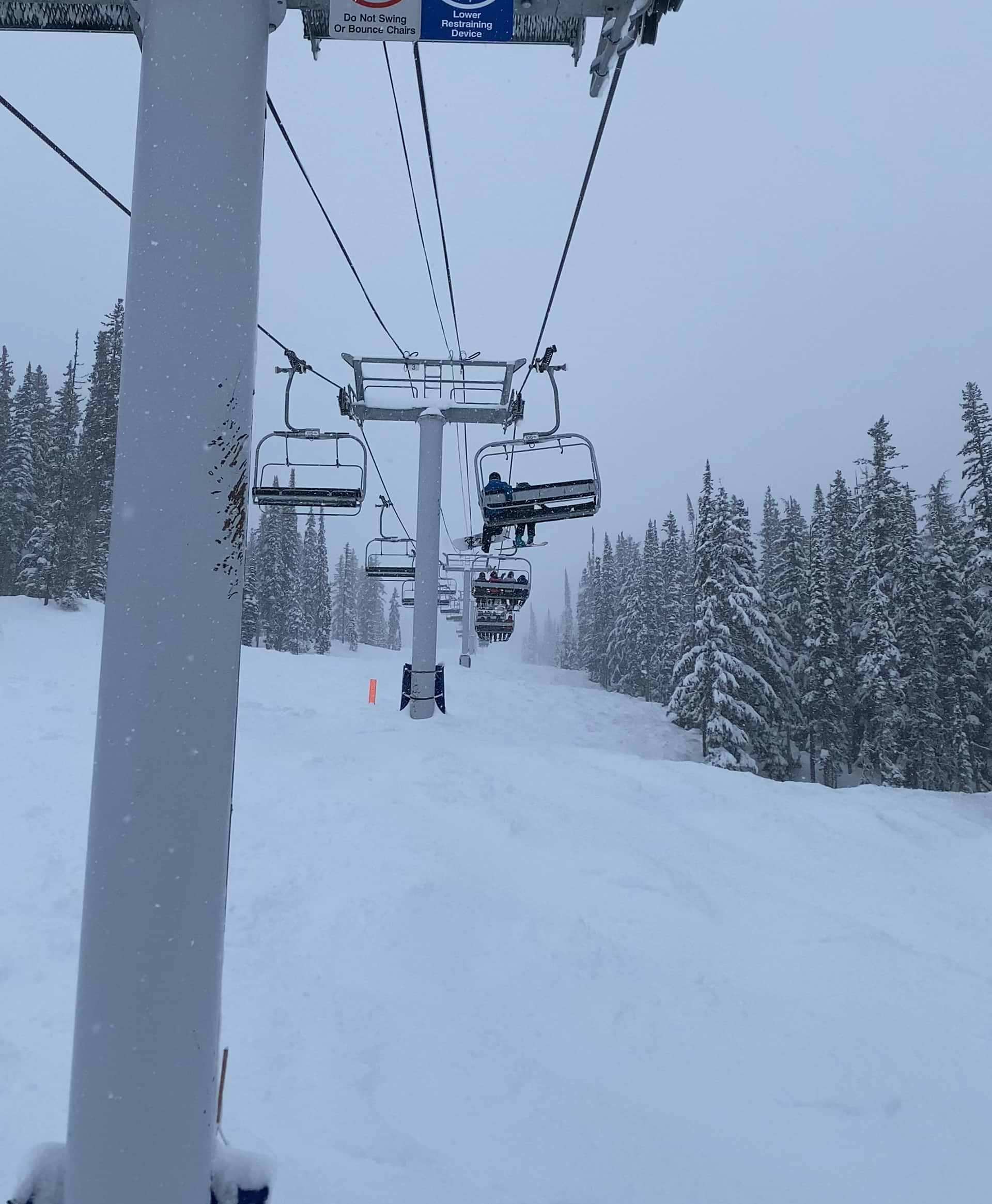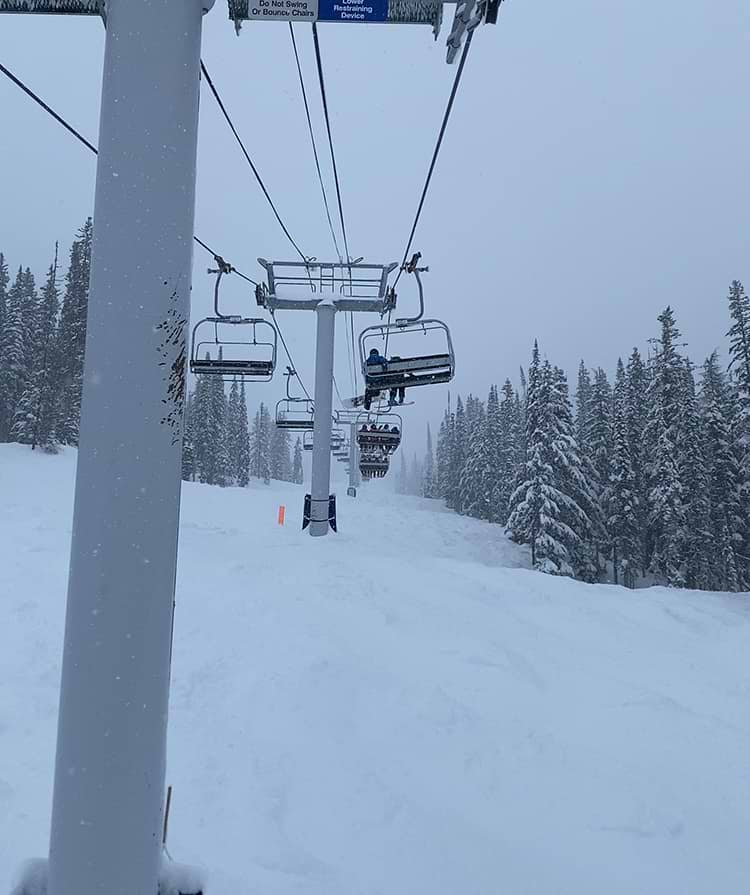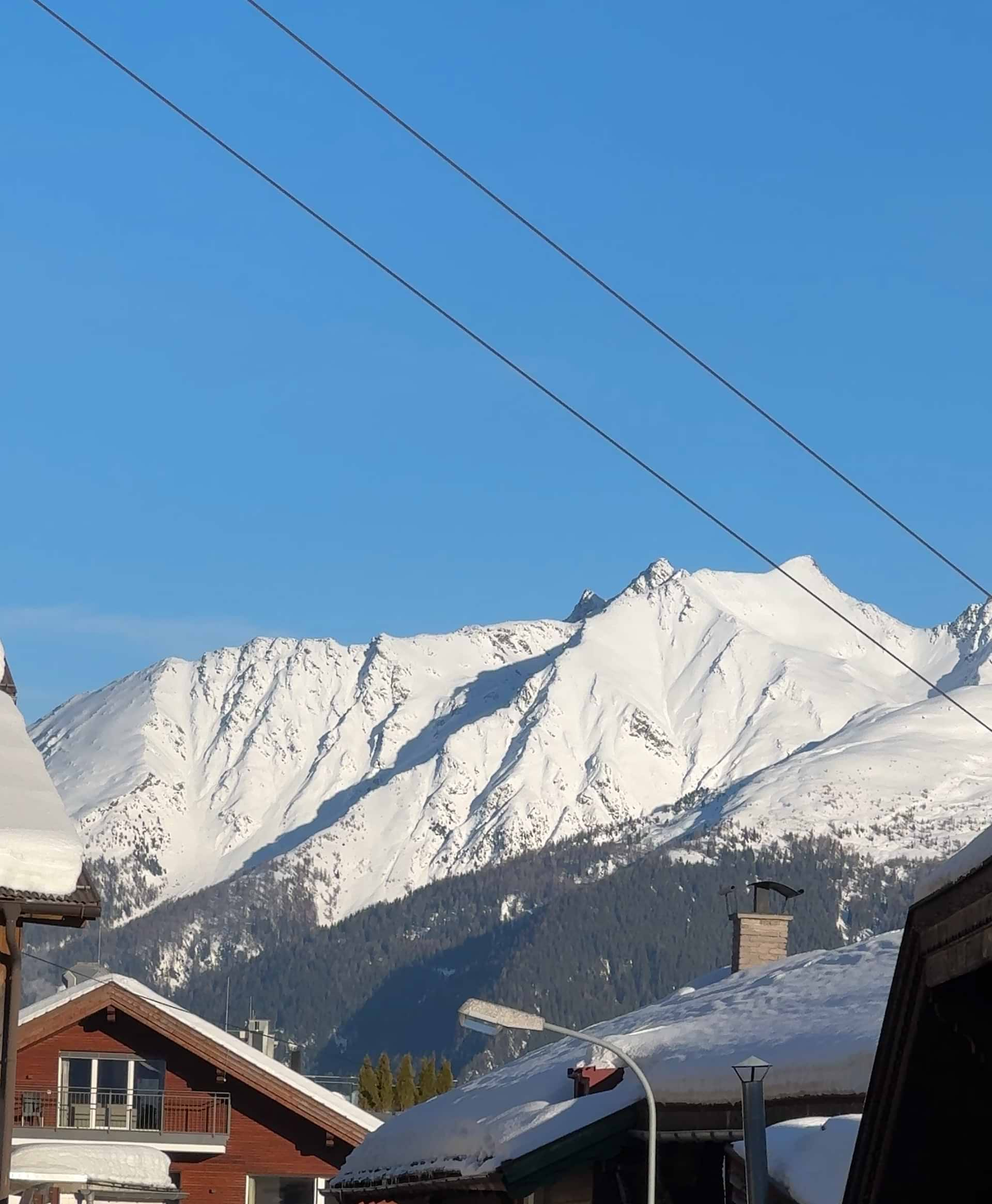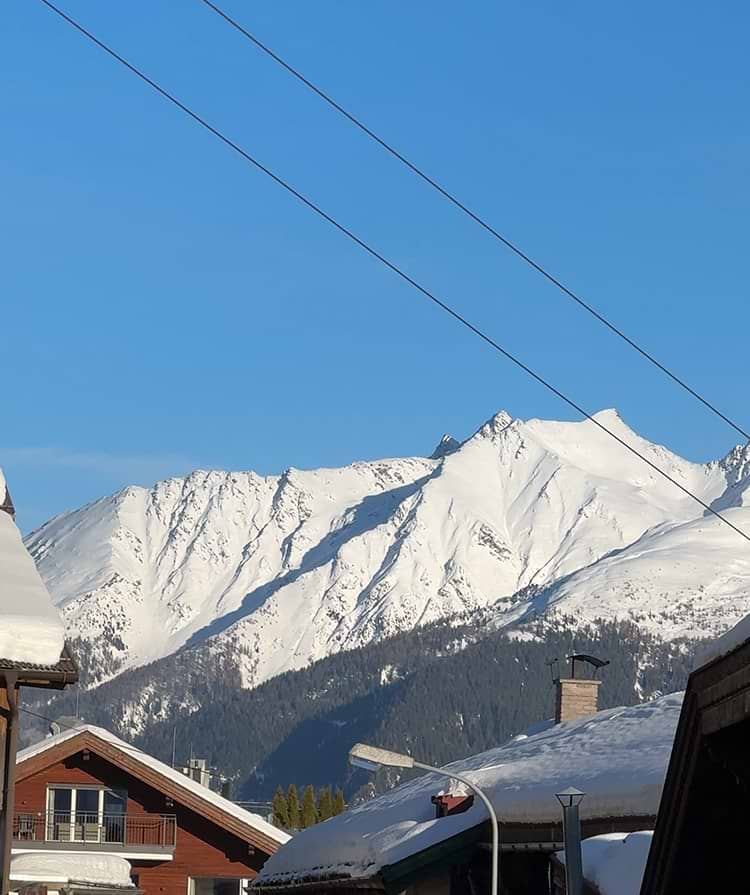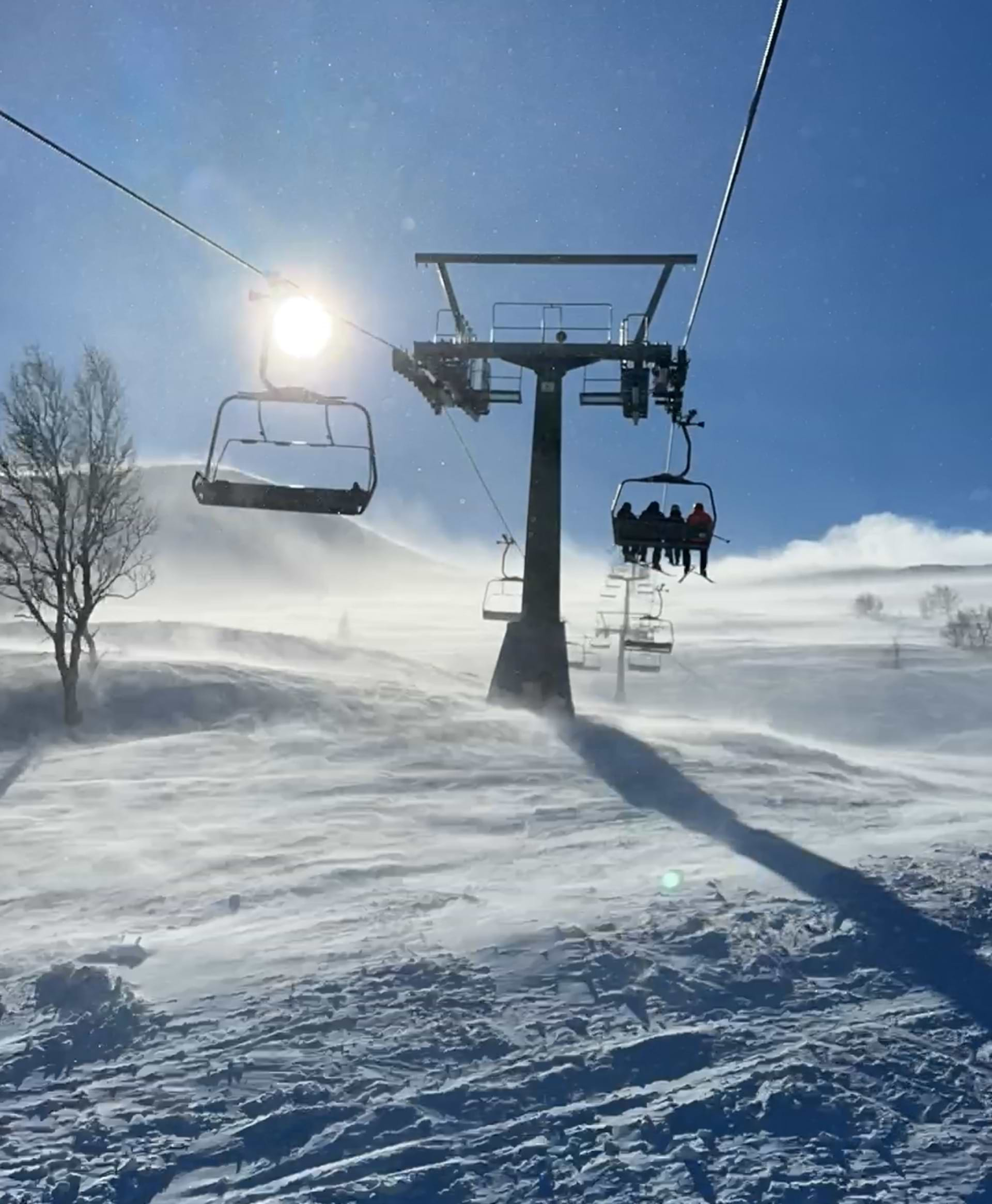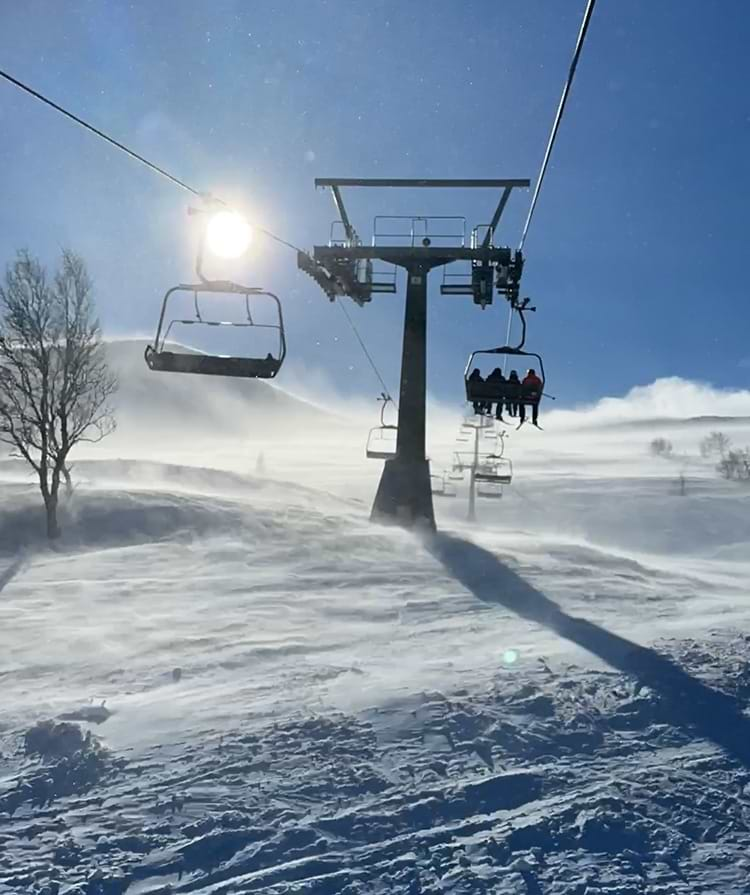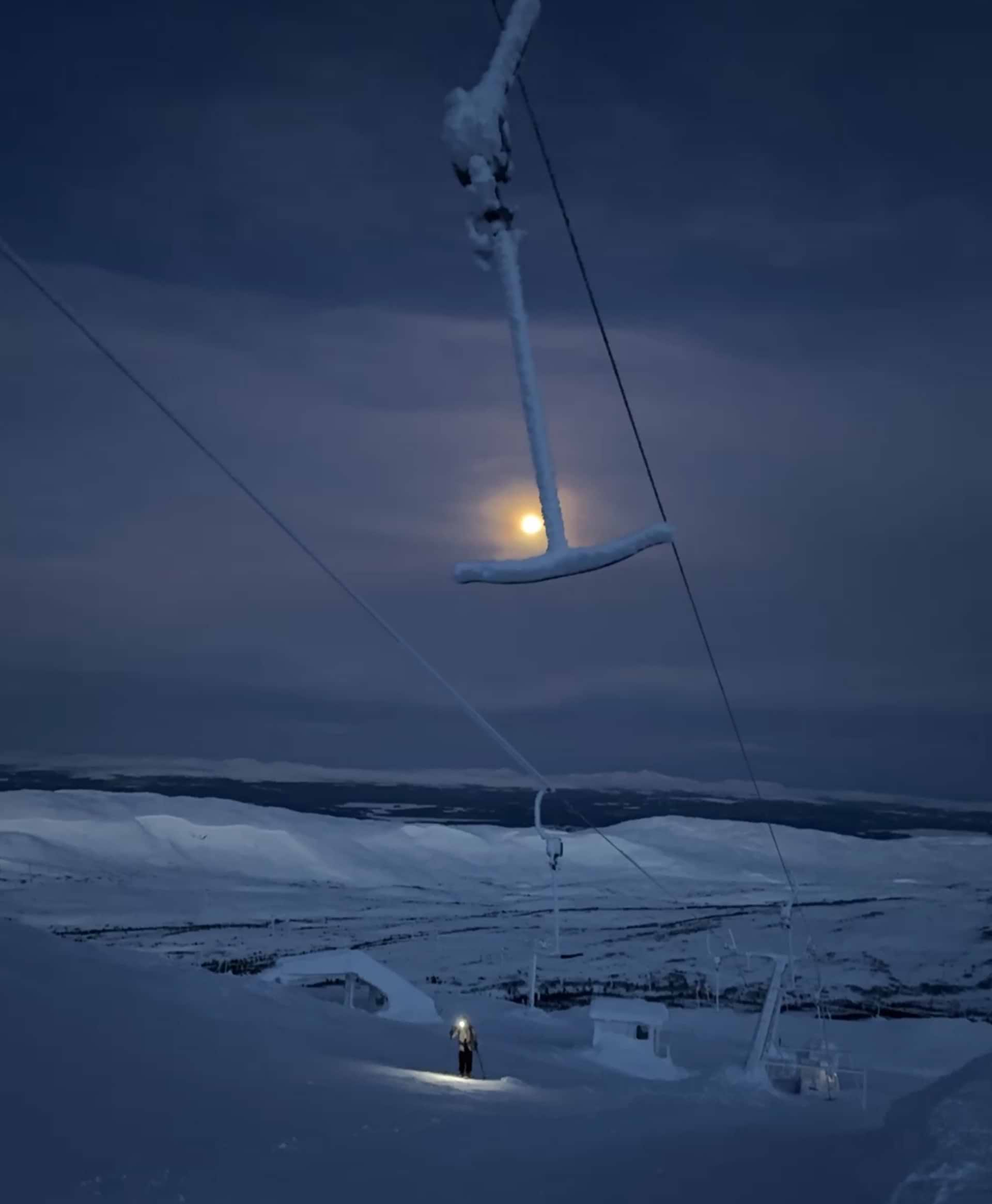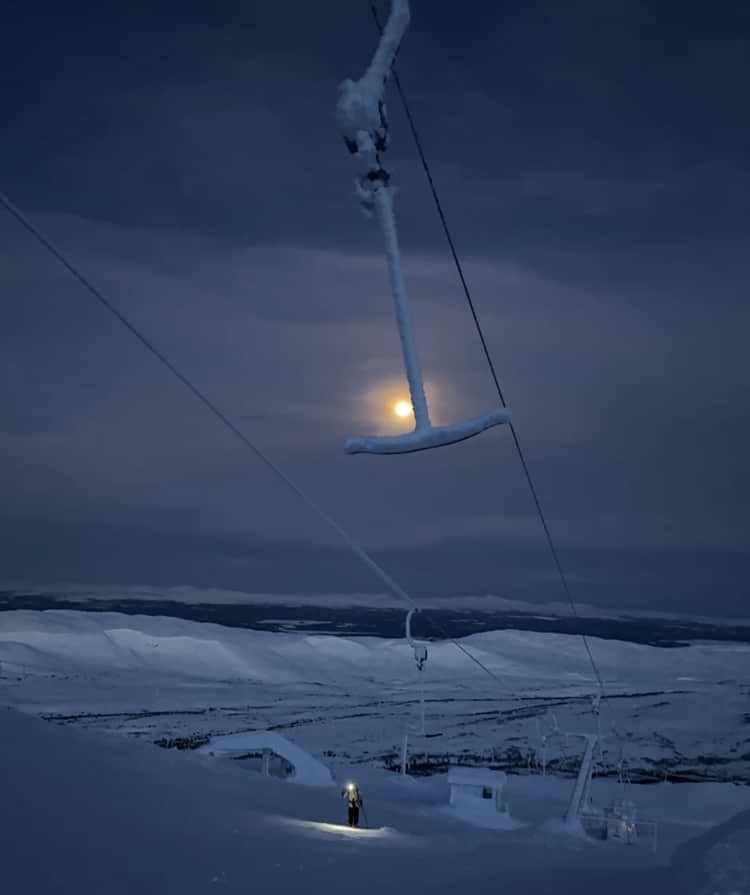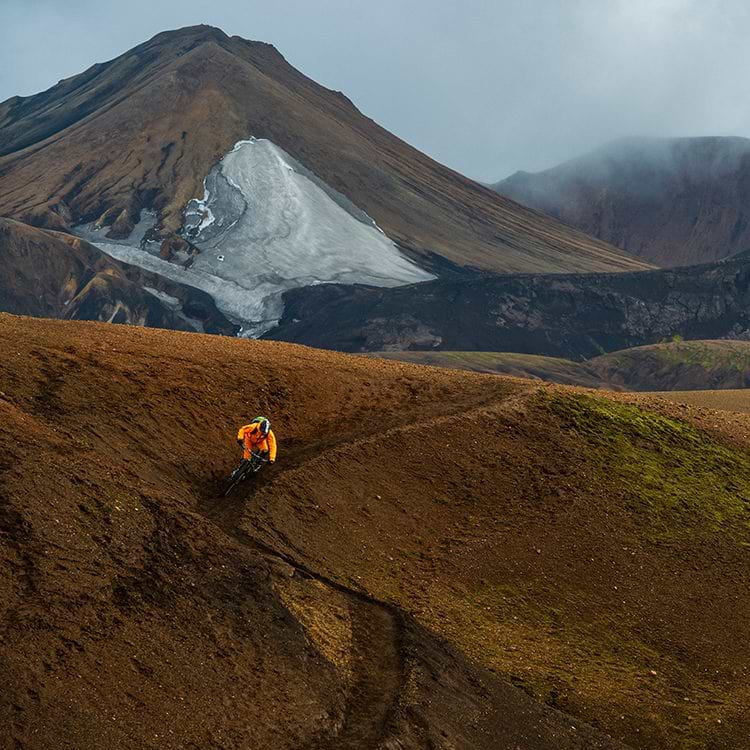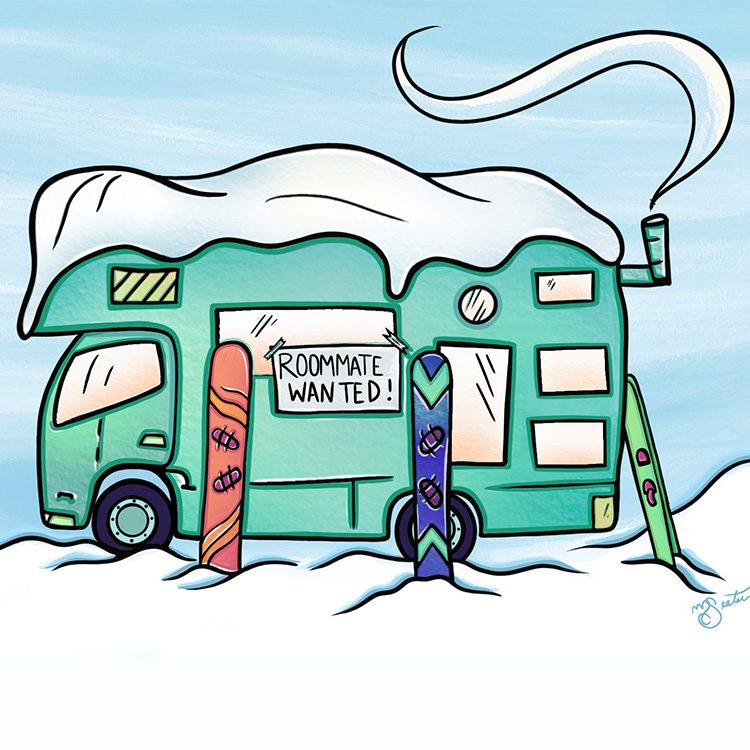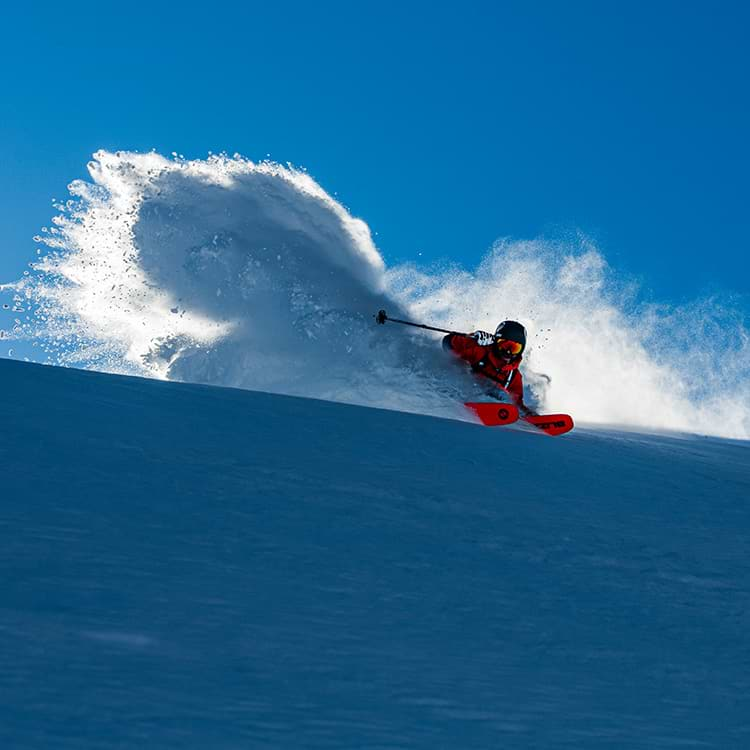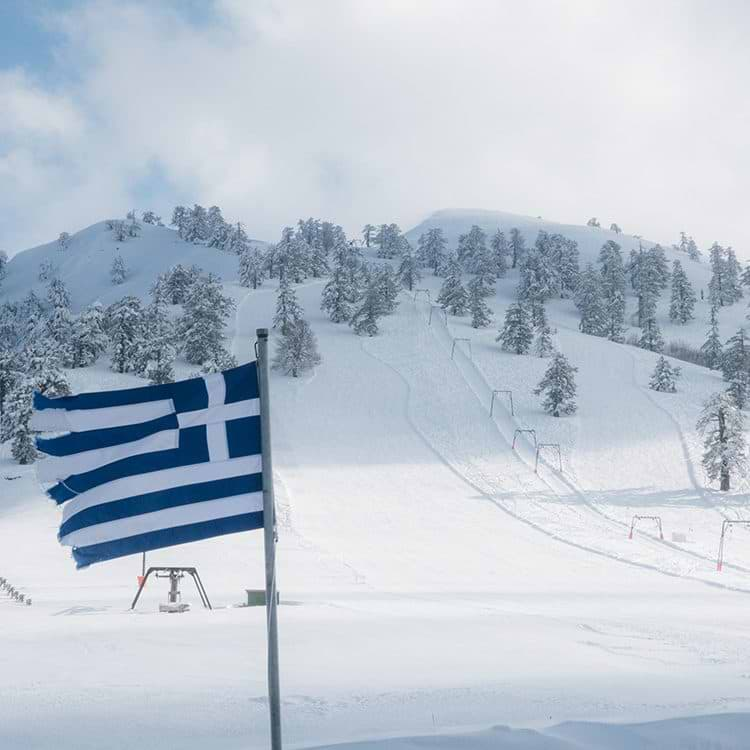In skiing and snowboarding, we often glorify remote, exotic places that exist mainly in our dreams. For some reason, we frequently overlook that some of the best riding is much closer, often right beneath us. We romanticize the courage to venture off the beaten path and celebrate the grit required for backcountry play. We make extra efforts to ski a few mediocre turns in untouched snow when sometimes all we need to get our fix is directly under the lift. Lift towers are primarily positioned directly in the fall line, and you’ll find some of the best riding right there.
Although humanity has skied for thousands of years, its popularity surged when skiing became lift-assisted. The world’s first ski lift was constructed by Robert Winterhalder in Germany’s Black Forest region in 1908. He utilized the power of his mill to drive a cogwheel attached to a steel cable from which long handles were suspended. His guests grasped these handles and were lifted 920 feet, with a vertical rise of 100 feet, up the gentle hill beside his home. Winterhalder patented this first surface lift in 1910 and developed a second design a few years later. He attempted to persuade his fellow Black Forest hotel operators that ski lifts could be profitable, but they failed to recognize the potential. In 1917, during World War I, Winterhalder was compelled to dismantle his ski lift to support the war effort.
The rapid development of rope tows, J-bars, and cable cars occurred, but it took another 30 years for the next significant advancement in ski lifts to trigger a fundamental change in the sport of skiing itself. This time, America’s largest train company, the Union Pacific Railroad, recognized the economic potential of a ski lift and built the world’s first chairlift in Sun Valley, Idaho, in 1936. The design of this single chair was based on a system initially used to load bunches of bananas onto boats. The Union Pacific replaced the hooks used to hold the bananas with a small platform for people to sit on while hanging suspended and still wearing their skis, enabling them to be carried up the mountain. Concurrently, the Union Pacific Railroad opened Sun Valley Resort, America’s first ski destination inspired by the Alps, where several ski resorts were already established. For a train company, skiing was far from its core business, yet they were confident in their prediction that a resort-style ski area in the US would stimulate passenger rail traffic. Until that time, American ski resorts had been places where people skied for the day and then returned to nearby communities, with most skiers being locals. Sun Valley Resort was founded on an entirely new concept supported by a national marketing campaign. Visitors could take skiing lessons, relax in the swimming pool, enjoy good food, and stay for the night or week while unwinding at the luxurious new ski lodge.
This was when lifts evolved from being merely a convenient means of mountain transportation to becoming an experience. Yes, it was a device that offered a unique perspective of nature from above, but the lift also transformed into an intimate social gathering spot for skiers. Initially, the Union Pacific Railroad invited movie stars and celebrities to build cachet for skiing and spark interest. The concept proved effective. Upscale vacationers flocked to Ketchum, Idaho, as soon as Sun Valley Resort opened. The chair lift took some getting used to (the early design lacked a backrest attached to the seat), but it soon became a success. Skiers could rest their legs between runs, and the added benefit was the chance to “see and be seen” in the ski lineup. After just one winter, two more chairlifts were constructed, and Sun Valley quickly emerged as America’s “A-list” ski destination.
Those early adopters of ski resorts were onto something significant. Nothing compares to enjoying run after run with friends on a perfect in-bounds ski day. The efficiency and community fostered by lift skiing are hard to beat — both for developing your skiing technique and enhancing your social life. Earning your turns is simply not for everyone. Lifts deserve credit for making skiing accessible to the masses and for building the global juggernaut that our ski industry has become today.
Yes, there are various opinions on the subject. However, without lifts, a ski resort would come to a standstill, and so would the economies of the ski towns we’ve come to know and love — along with the livelihoods of millions worldwide who depend on the industry. Resort skiers pay increasing amounts for lift tickets; still, without easy access to the mountain, a significant percentage of destination tourism — and the economy it generates — would not exist.
This has unfolded in the southern part of the French Alps, where La Grave lies at the foot of the legendary mountain La Meije. If you close your eyes for just a moment while on the D1091, you may pass the tiny village almost unnoticed. Located about halfway between Grenoble and Briançon, La Grave consists of a handful of hotels, a bakery, a small grocery store, a few bars, and some ski shops. Most likely, skiers and snowboarders would never have known about La Grave if it weren’t for the Téléphériques des Glaciers de La Meije, which has, in modern times, brought the sleepy village onto the world ski map.
Until the late 1970s, very few tourists had any reason to stop in La Grave other than to refuel or grab a quick coffee on their way elsewhere. Then, in 1978, a gondola was constructed from the village, via an intermediate station, to a plateau opposite the 13,064-foot-high mountain La Meije. From the village at 5,000 feet, it was a spectacular 40-minute journey straight up into the wild terrain 10,500 feet above sea level. The goal was to provide access to the mountains for hiking, climbing, and enjoying the views, thereby boosting summer tourism. Initially, there was no thought of skiing, but that changed dramatically when Pelle Lång — a seasoned Swedish ski bum living in Chamonix — visited La Grave in the mid-1980s. Halfway up the mountain, Lång realized he was gazing at the world’s longest, steepest lift-served off-piste playground. Shortly after his first trip, he packed his belongings in Chamonix and moved to La Grave. In 1989, he opened the Skiers Lodge with a friend, signifying that sleepy La Grave was on the verge of dramatic change.
In the beginning, the lift attendants used to call the Skiers Lodge and ask if they had any guests who wanted to ride the lift or if they could close it for an early lunch. But soon, the fabled vertical, long couloirs and persistent steeps — with easy access — began to attract avid off-piste skiers globally, including many of the world’s top freeskiers, filmmakers, photographers, and journalists. Soon, La Grave became known as the Shangri-la of free skiing — without a single groomed run. Despite constant bankruptcy rumours, the lift’s bull wheels have spun for over 45 years. It has guaranteed far more than the survival of the village at its base — this one unique lift has generated decades of hype, an undeniable reputation, and the unparalleled success of La Grave.
We routinely experience a double-edged feeling about ski lifts — a love-hate reaction that manifests in various ways. While these fantastic machines typically provide easy access to our favorite lines, they can also lead to frustration, tension, and even fear. At times, it snows so heavily that it takes hours to clear enough snow for the lifts to open. Extremely long lines can fray tempers on the best powder day of the century. Some may recall frigid days when a chairlift stopped for an excruciatingly long time, or even worse, a cable car tossed about by strong winds while remaining motionless — far above the ground.
Fortunately, a ski lift often serves as a place for tired legs to take a brief break. We can chat with friends, reflect on the last run, connect with like-minded individuals, or gaze at the stunning views that unfold around us.
Whether there’s just one seat or several next to you, a lift ride promises a pleasant and relaxed experience — a resting place in constant motion that evokes joy as you watch other skiers whoop, jingle, and express their excitement below. The bonus comes when the lift ascends above the “Hollywood Line” (or “Ego Alley”). Sometimes, it’s a soft powder field; other times, it’s a headwall pockmarked with giant bumps. For everyone on the lift above, you become the entertainment if you have the guts to drop in. This is skiing’s catwalk, a straightforward test of whether you can handle the pressure and keep it together. Fortunately, as soon as it’s over, the lift is there to scoop you up — allowing you to catch a bit of rest, trade stories, and prepare for more great runs and memorable lines.

